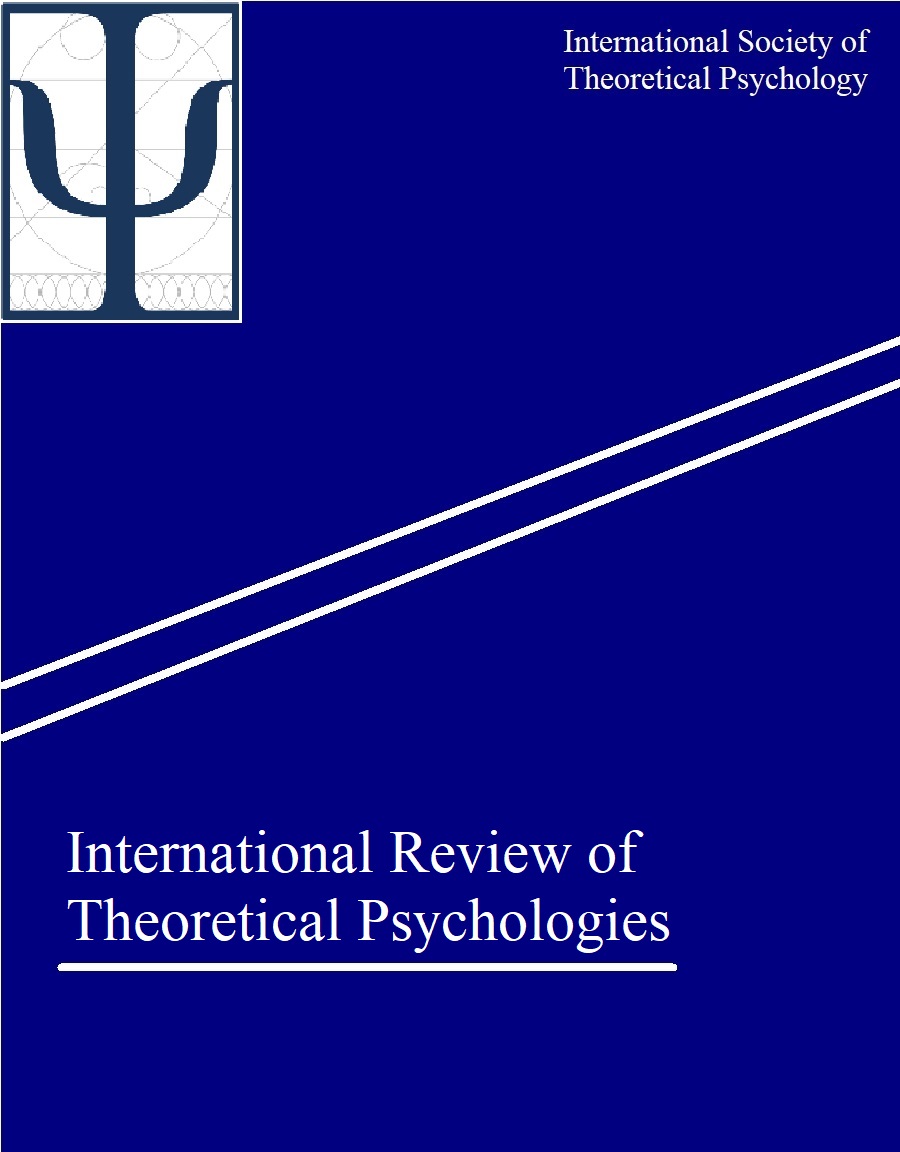McMindfulness in the Era of Accelerated Life
DOI:
https://doi.org/10.7146/irtp.v1i1.127078Keywords:
Mindfulness, neoliberalism, David Harvey, accumulation by dispossession, changeAbstract
This article addresses how we are to understand mindfulness as a cultural phenomenon and why it has changed so little of what it originally set out to address. In the article, it will be argued that we need to understand the development of mindfulness as a part of the progression of neoliberalism. Central in the analysis of neoliberalism stands Harvey’s concept of accumulation by dispossession (2003, 2007) helping us understanding the transformations mindfulness has made from being a part of a religious practice to becoming a product in the modern health discourse through processes of privatizing and commodification. Finally, the article discusses if mindfulness contains critical potentials for change.
Downloads
Published
How to Cite
Issue
Section
License
Copyright (c) 2021 Klaus Nielsen

This work is licensed under a Creative Commons Attribution-NonCommercial-ShareAlike 4.0 International License.
IRTP operates based on a non-exclusive publishing agreement, according to which the journal retains the right of first publication, but authors are free to subsequently publish their work. The copyright of all work rests with the author(s).
All content published in IRTP is licensed under a Creative Commons Attribution-NonCommercial-ShareAlike 4.0 International license (CC BY-NC-SA 4.0). This license allows authors and readers to share and adapt content for non-commercial purposes, provided that they abide by the following terms:
- Give credit to the original author(s)/creator(s) and attribution parties (i.e., IRTP);
- Provide a link to the original source, to the extent practicable;
- Include the copyright notice and/or indicate the corresponding Creative Commons license;
- Indicate what, if any, adaptations were made to the original; and
- Share adapted content under the same license as the original.
Authors are encouraged to familiarize themselves with the various Creative Commons licenses. Readers are advised to consult the licensing information embedded in each published work to ensure that they are familiar with the terms of use that apply.





